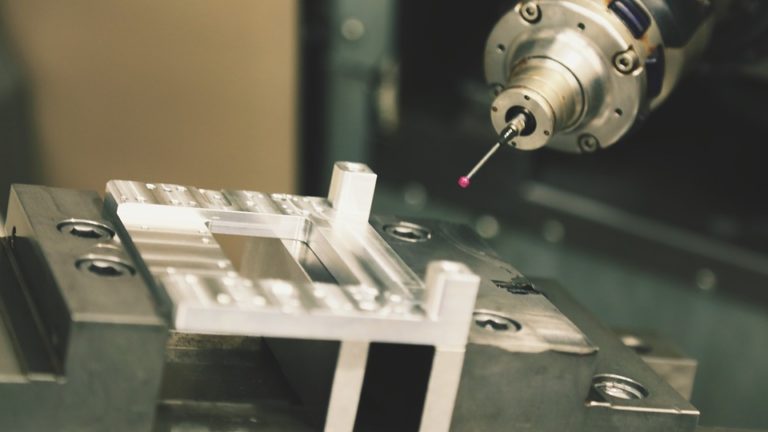When it comes to the packaging and labeling industry, there are a handful of technologies which have had a transformative impact on it over the past few years.
CNC machining is arguably at the top of that list, so let’s look at just three of the ways it has reshaped packaging and labeling as we know it.
The introduction of automation
Since its inception, CNC tech has set out to automate many aspects of manufacturing. So rather than having to manually handle repetitive tasks, businesses can instead turn to equipment that will do the same work quicker, with fewer errors and less waste.
CNC automation allows production lines to move more seamlessly as a result of this, and can be applied to everything from material manipulation to quality assessment and beyond.
It’s also worth noting that this tech is relatively accessible. For example, the second hand market for things like horizontal machining centers means there are affordable equivalents of cutting edge kits that even small workshops can justify investing in.
The acceleration of prototyping
It is not just when production lines are up to speed that CNC machining can come into its own; it is arguably even more impressive when used for the purposes of prototyping.
As quickly as you can come up with design concepts, CNC equipment can turn them from CAD files into tangible objects. These can then be tested, adjusted, improved and remade again to speedily work towards the ideal iteration that can then be put into full production.
Once again, even smaller operations can benefit from the rapid prototyping potential offered up by CNC machining. So there is little excuse to put up with larger rivals getting all the glory. If you have an innovative idea, get out there and make it a reality.
The role of scalability
In the past, even if packaging and labeling companies wanted to scale up their operations in order to meet spikes in demand, they might be hindered by the fact that doing so typically incurred additional labor costs as well as other added complexities in the production process.
Thanks to the aforementioned automation potential of CNC machinery, as well as the time savings it affords, it is far less of a challenge to scale up when the time is right.
Well maintained equipment can work day in, day out, and even fulfill after-hours duties when demand is at a peak to keep your operations running at a pace without significantly impacting your expenses in the process.
This of course leads to increased productivity, and even means that you might be in a better position to manage your warehousing requirements without this also becoming a plate that’s difficult to keep spinning when pressure mounts and things get hectic.
As you can see, CNC machining is undeniably a transformative technology when it comes to the packaging and labeling industry. And as digital technology increases its grip on this sector, it will only become more important and impactful.




